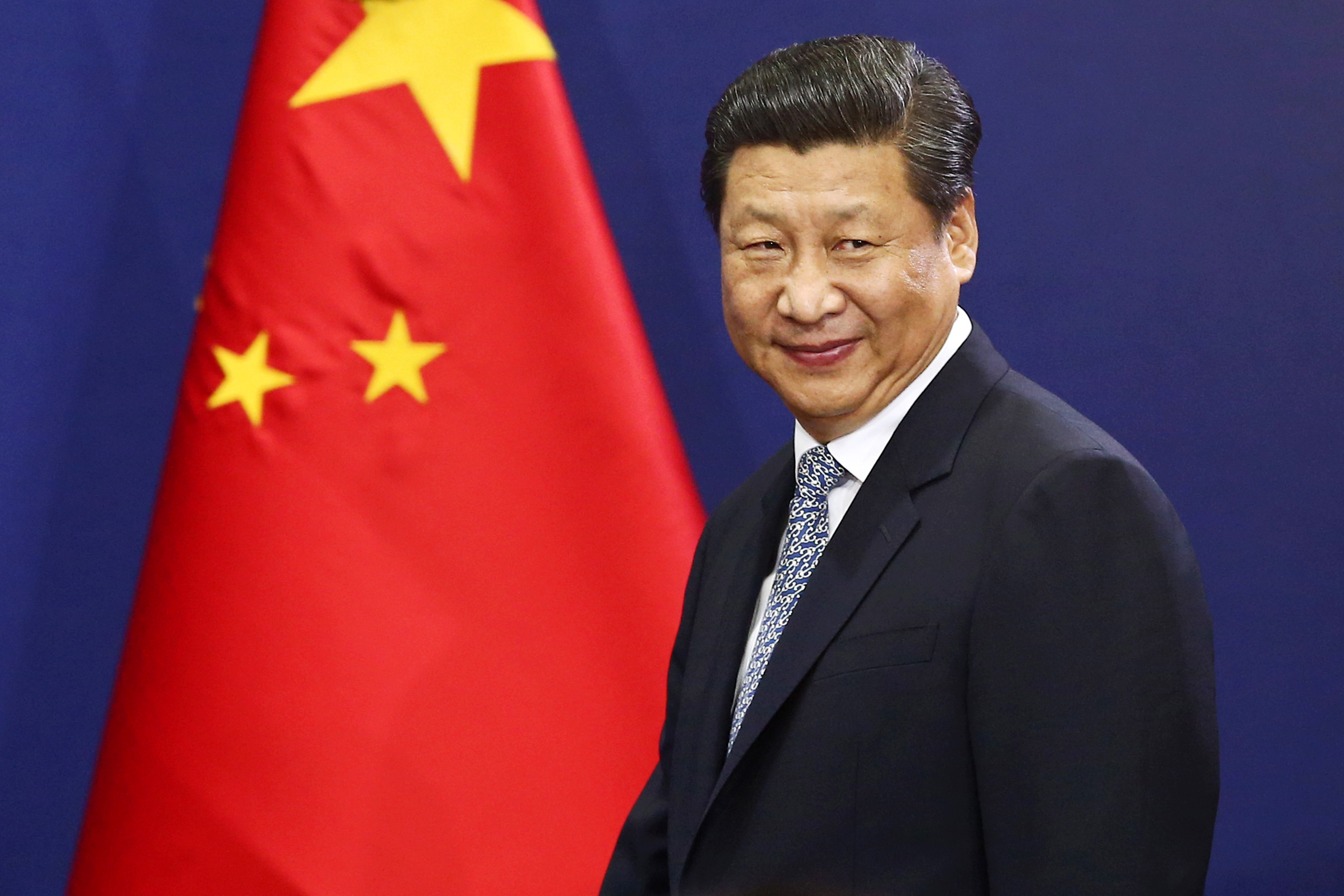China has progressively increased the influence in South Pacific during the previous two decades. Many people believe that this expansion is happening at a far faster pace than what would be expected given China’s expanding economic and geopolitical dominance.

What is China’s South Pacific aim, and what concerns does this pose?
China’s presence mostly in South Pacific has grown so vast in the last three years, and its behaviour in other regions of the world has been so assertive, as alarm bells have begun to ring in the capital cities of it’s South Pacific’s traditional partners.
The South Pacific is noted for its beautiful beaches, diverse cultural and geographic landscapes, and distinct development challenges. The 14 sovereign nations & seven teritories cover almost 15% of the world’s area and have a combined population of less than 13 million people.
The Melanesian subregion of the Pacific Ocean skirts Australia’s east coast. The distance between Australia & Papua New Guinea is only 6 kilometres, while the distance between Australia and Vanuatu is only 2,000 kilometres. Eastern Kiribati atolls are only 3,000 kilometres from Hawaii, whereas Palauis 1,300 kilometres from Guam.

China’s Footprint
In the South Pacific, China seems to have apresence. For decades, ethnic Chinese have lived in the area and run some of the region’s oldest commercial houses.
For decades, the China-Taiwan struggle for regional diplomatic friends have resulted in some jockeying by briefcase diplomacy among the 2 throughout the region.
China’s economic, assistance, diplomatic, and commercial engagement in the Pacific region, on the other hand, has been gradually and considerably increasing since 2006.
With the exception of Papua New Guinea, China’s two-way trade has surpassed that of Australia from 2013. Two-way commerce with China now accounts for 46 percent of all trade in the Solomon Islands.

The risk associated with China rise
The Pacific is a region that is grappling with serious development issues. China provides them with options, as well as more influence and attention from conventional development partners that have previously regarded them with benign neglect.
China maintains that it has no unique strategic interests there in Pacific, and this is simply the natural extension of both the country’s growing engagement throughout all emerging nations.
Unfortunately, there is a paucity of scholarly Chinese publications on the Pacific Islands region, and it does not figure prominently in Beijing’s official declarations, speeches, or strategic documents.
While this may indicate where the Pacific ranks in China’s strategic goals, it leaves a lot of questions unanswered about how China intends to use its growing might in the Pacific.
Whatever China’s regional ambitions may be, analysts in Canberra and all other countries have concluded that China’s rising footprint as well as influence in the Pacific pose two substantial threats to their national interests.

An attempt to create a military base
The first risk, that has a low possibility of occurring but will have a significant impact, would be that China is attempting to create а military base somewhere around the South Pacific through diplomacy, debt, commerce, or elite capture.
This is a high impact risk because such an event would fundamentally alter Australia’s national defence and security policies.
Australia’s military forces are designed to work in tandem with US-led coalitions. A Chinese military installation as close as 2,000 kilometres from Australia’s eastern coast might drive a wedge between the country as well as its traditional strategic ally, the US.
While the strategic value & scale of such a base for China seems debatable — sustaining supply routes alone will be difficult — it would have a significant psychological impact upon Australia.
It would hasten a military build-up,, validate Ll of the most virulent prejudices about China’s regional geopolitical intentions, & force Australia to “do it alone.”

The rising concerns
The second concern, which has a lower impact but a higher likelihood of occurring, is also that China and Chinese enterprises, through elite capture & corruption, are swiftly eroding governance institutions that Western donors have spent significant money to create. This has gotten so bad over recent years one of these countries may be driven to the brink of collapse.
China, on the other hand, has finding it more difficult to control its momentum there in South Pacific and it will become a more well-known development partner nations, and traditional partners have begun to respond by increasing their own engagement.
Pacific leaders are paying closer attention to China’s debt in particular. According to research conducted by the Lowy Institute, no Pacific nation has took on a new debt by China since 2018.
A number of factors have influenced this, including a recognition of poor quality and inflated pricing, cheaper financing options, a sense of positive spillover benefits from infrastructure investments, limited debt space in a proportion of Pacific countries, as well as a desire for budget-support rather than project-specific lending.













